Long before the COVID-19 pandemic up-ended air travel, CIOs and industry executives were exploring biometrics to speed up the passenger journey and improve the experience at the airport. But with the pandemic's arrival in 2020, biometrics took on a more urgent and added importance: requiring the passenger journey to be as low-touch and frictionless as possible.
So, it’s no surprise that airports and airlines are accelerating investments to automate the passenger journey, with a sharp focus on biometrics.
Insights into the priority of biometrics technology
Findings from SITA’s recently released Air Transport IT Insights report show that making the check-in process completely touchless is now the main priority for airports and airlines, to help protect passengers and staff, improve the passenger experience, and drive efficiency.
Biometric technology is the focus for airport investment with 64% of airports aiming to roll out self-boarding gates using biometric & ID documentation by 2023, three times as many as in 2020. Airlines have doubled implementations and plan to double investment for self-boarding using biometric & ID documentation by 2023 (82%).
On the face of it, the benefits are clear. Faster, touchless passenger flow that seamlessly links one step of the journey with another. However, as an airport and airline executive – particularly when the industry needs to make careful investment choices – what are the additional benefits you need to look out for to get the most bang for your buck?
Below are our top five tips:
1. Ensure speed and accuracies of matches
When it comes to using biometrics to improve the flow of passengers through the airport, speed and accuracy of biometric capture are crucial. You want to keep the transaction time at each touchpoint to a minimum, while preventing passengers from being rescanned or processed manually due to incomplete matches. Today transaction time has been reduced to under a second, delivering an optimal passenger flow.
The National Institute of Standards & Technology (NIST), the globally recognized body which assesses the quality of biometric technology, conducts regular testing with suppliers on both speed and accuracy. NIST provides a vital benchmark for the industry.
2. Improve the passenger experience
The real test of whether any biometric solution is a success is the ease of use for the passenger by simplifying the steps through the airport. Ideally, passengers only need to scan their travel documents once at check-in – whether at home on their phone or at a kiosk in the airport.
They can then scan their face at every subsequent step in the journey without showing their documents again. The magic here happens behind the scenes where airport, airline and government systems are integrated and seamlessly share information between them, leaving the passenger to get on with their journey.
3. Make it easy to operate
This point relates to the one above, about passenger experience. But think about staff too. If it’s not easy for them to manage biometric touchpoints, such as check-in, lounge access or boarding, then this is bound to impact the passenger experience as well. Biometric solutions must be intuitive and work seamlessly with the airline's systems, avoiding duplication of activities.
4. Invest for scale
For airports with multiple airline tenants, the ability to easily integrate common-use infrastructure with each airline's own systems will be essential. The use of common industry standards will minimize the time needed to get up and running. But remember, the solution must also be flexible enough to be compatible with multiple systems.
This approach makes it easy for an airline to quickly plug in and use biometric touchpoints, delivering the same experience to all airport passengers, no matter which airline they fly. It will also drive scalability and cost-efficiency.
5. Leverage existing infrastructure in the airport
At a time when few airlines and airports have the budget to make significant greenfield investments, the ability to leverage existing common-use infrastructure in the airport is appealing.
With minimal additional hardware such as facepods, can existing gates, check-in kiosks, and other touchpoints be converted to fully automated, biometric touchpoints?
That biometrics are fundamental to streamlining passenger flow is beyond dispute. However, if you follow SITA’s tips above, you can be sure that your biometric solution is fit-for-purpose while at the same time driving long-term cost efficiency.
Find out more about SITA Smart Path.
What are the key questions you should ask yourself when looking at biometric solutions?



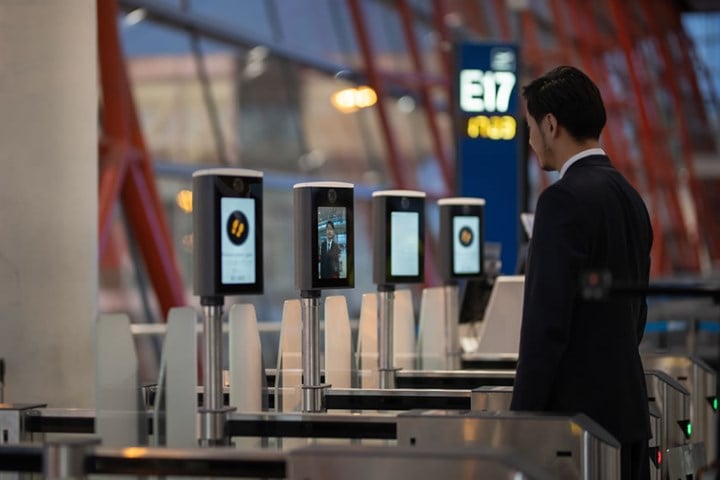



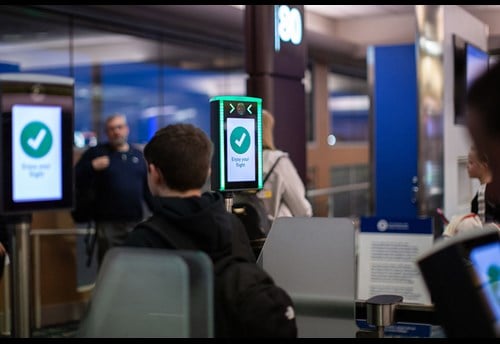
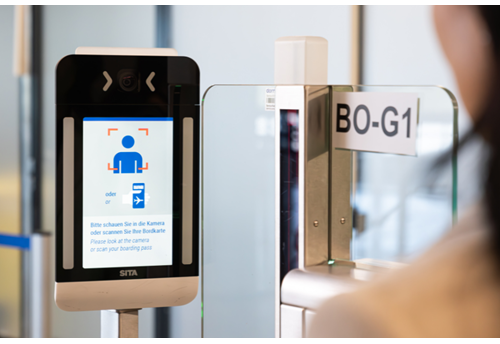
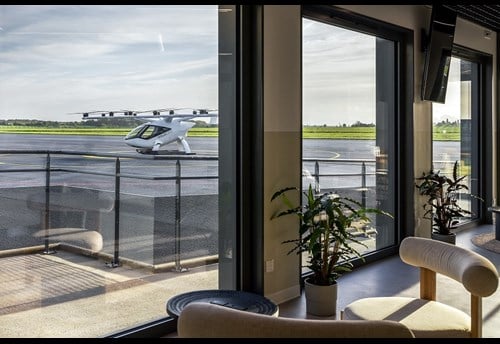
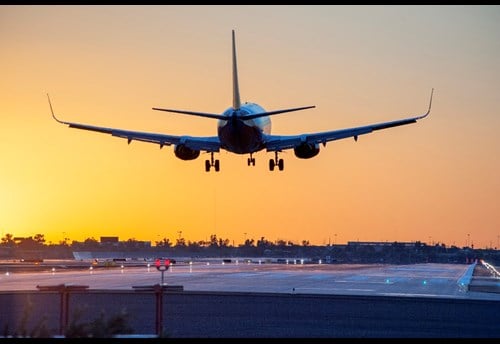
0 Comments